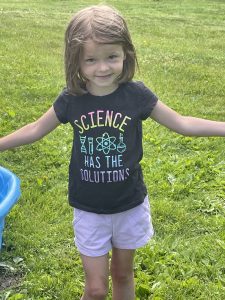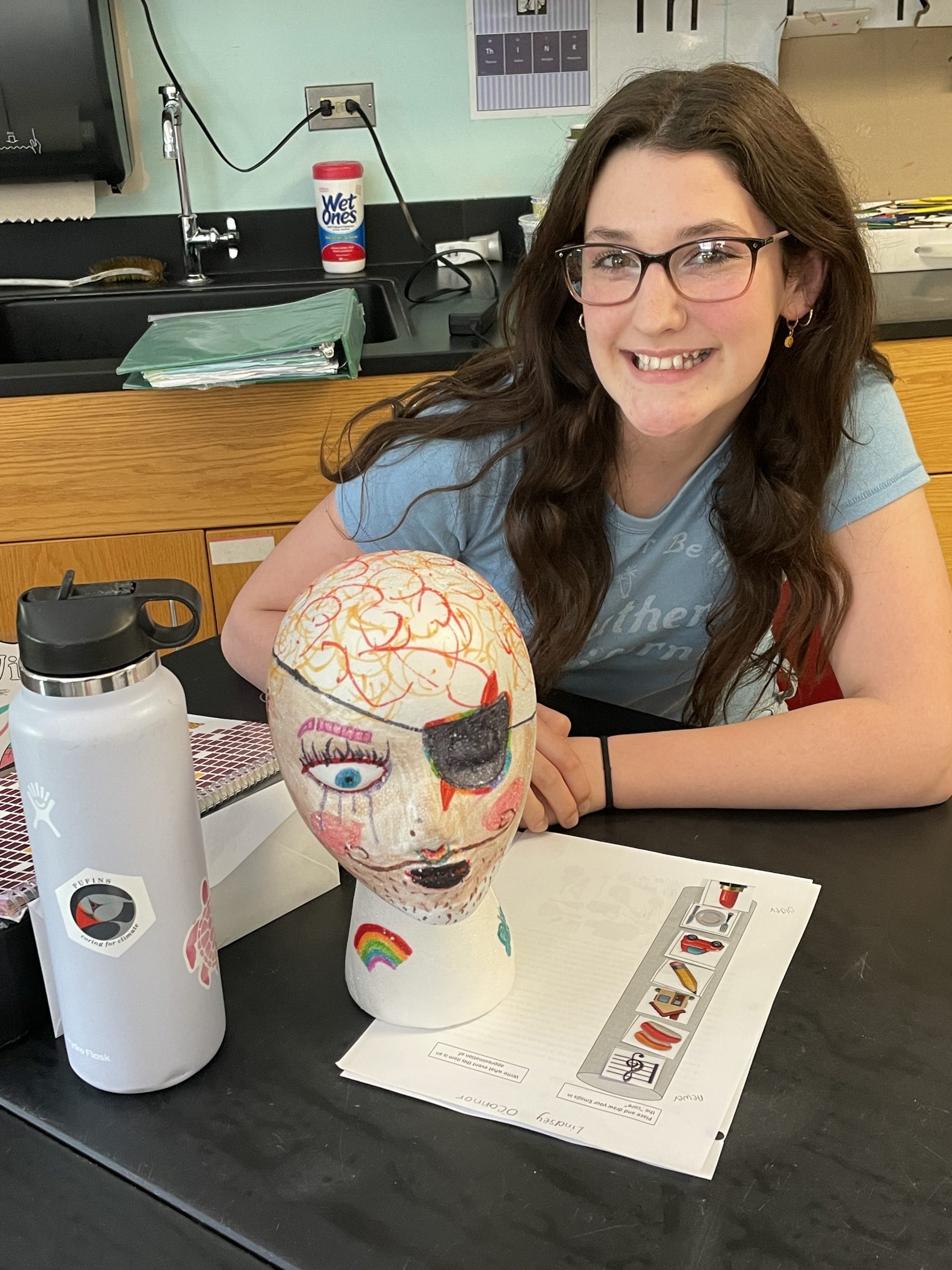On-Board Educator Stacey Sebert shares core lessons with her South Colonie classes
After talking to the students about my upcoming trip with Rutgers, answering all of their questions about the ship and what the purpose of our voyage is, we completed a few activities based on coring. (Note: these lessons will be available on our website.)
The coring lessons cover the following NGSS Standards:
Earth’s Place in the Universe: 4-ESS 1-1, MS-ESS 1-4, HS-ESS 1-5
Earth’s Systems: 4-ESS 2-1, MS-ESS 2-2, 2-3, HS-ESS 2-1
Earth and Human Activity: 4-ESS 3-2, MS-ESS 3-2, HS-ESS 3-1
My first 3 classes of the day are 7th grade classes. We completed the Emoji Core activity. Students put emojis into their cores, using emojis to represent events of their last 2 days with the event that occurred first on the bottom and last on the top. The students had a great time putting their cores together. I heard lots of positive, “this is fun”, type of comments. We discussed why students put their first event at the bottom. My 7th graders haven’t covered the concept of Superposition so that is new to them but they were able to come up with the idea that the oldest sediment should be at the bottom of our core samples and the youngest is at the top, baring the sediment hasn’t been jostled or moved in any way. Then the students compared their core to another students core for find correlations (one of my students found this pun to be hysterical – shout out to Owen!). Several students had a band concert the night before so their last emoji was a music note. They quickly realized that the event occurred at the same time for each of them and they made a correlation! Students also noticed that some had several emojis in their core while others had much less. We discussed that some cores will have more sediment than others and they realized that the cores will have lots of differences so that some cores will only have a little sediment while others will be much larger. My 7th graders ended the class finishing up their styrofoam drawings, excited and eager to learn more about the PUFINS Project.
_________________________________________________________________________________________________________________
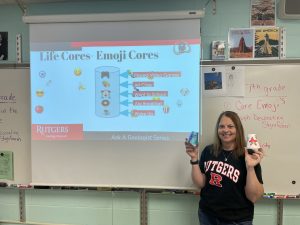
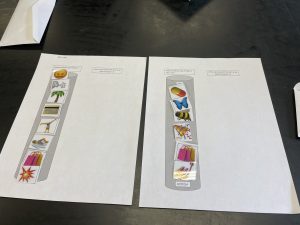
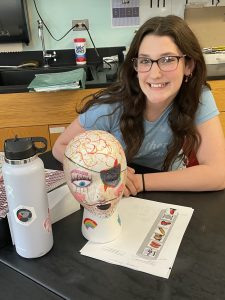
Next up was my 8th grade class. We completed an activity called Spores in the Core. Students had different age slices from the core. Beads were used to represent different spores that could be found in the core. They counted the different colored beads they found in their sample and then shared their results with the rest of the class. Then students began piecing together what the climate was like during the time they sampled. The class was given a chart that contained all the species of spores that could be found in their samples and their ideal climate conditions, such as warm or cool and humid or arid. Students enjoyed seeing how we modeled pieces of the core with the round, flat containers, and used beads to represent spores. For time’s sake, I had groups of 3 students count the beads from one sample, graph their results and share their sample results rather than have each group count and graph each sample.
_________________________________________________________________________________________________________________
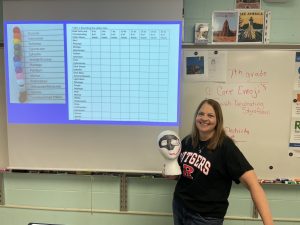
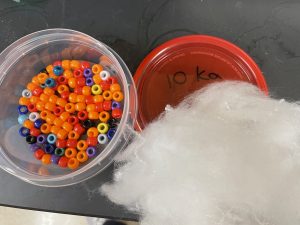
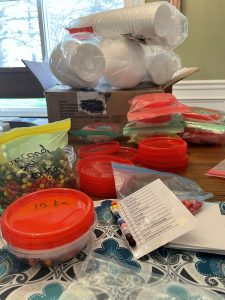
_________________________________________________________________________________________________________________
My last class is a high school Marine Science elective course. These students were given 3 samples containing different plankton (including forams and diatoms) and their job was to figure out the age of the sample based on the presence or absence of different species of plankton. Charts were given to each group to show the time frame in which each species lived. Students were then able to narrow down the age of the sediment by looking at the 4 different types of nannofossils present. They could rule out times and narrow down the range by looking at where all 4 fossil types overlap.
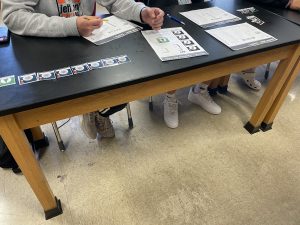
_________________________________________________________________________________________________________________
My school’s excitement for the trip was infectious! My last day at school was full of well wishes and talk of following my travels. Nature then threw some curveballs my way, I lost half my tooth on Sunday and need a crown when I return (I was reassured I would be fine at sea after an emergency visit to the dentist, the LAST thing I want is tooth pain out to sea). A horrendous storm also passed through just as I was packing up to leave. Despite all of this, I made it on the ship and have already learned so much about the R/V Atlantis and how coring works. I am eager to learn more and share my journey with you. As my niece Emma’s shirt says, science has the solutions.
